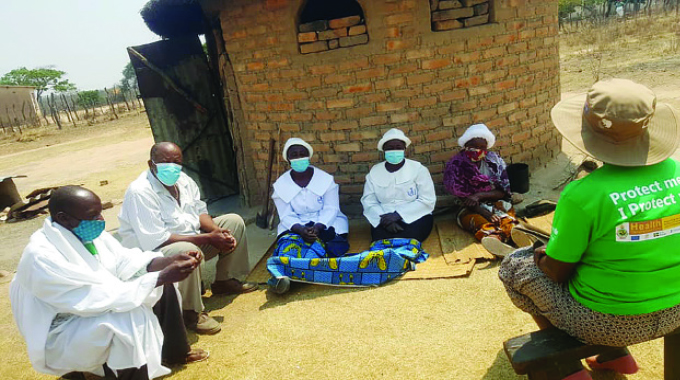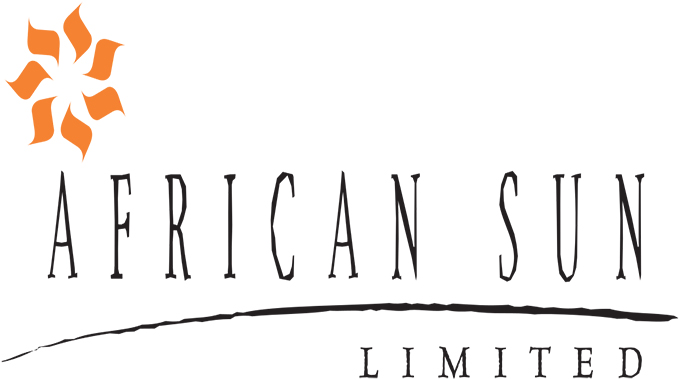Gas dealers defiant

Sikhulekelani Moyo, Business Reporter
GAS dealers continue to defy set Government regulations by indexing their local currency prices on the illegal black-market rates, way above the Zimbabwe Energy Regulatory Authority (Zera) recommendations.
Desperate consumers, mainly those not connected to electricity, have expressed outrage over the steep retail cost of liquid petroleum gas (LPG) in both local and foreign currency, which they say is beyond the reach of many.
In the past, some dealers were refusing payments in local currency and would reportedly starve the market of the product to justify an increase in pricing, prompting calls for close regulation of the sector.
Government, through Zera, had to intervene recently by gazetting recommended prices but most gas dealers still do not adhere to these. Many dealers are also not displaying their prices as required at law.
For instance, the prescribed gas pricing for November 2021 should be US$2,05 or $202,78 per kilogramme.
“Stakeholders are advised that the LPG prices for November 2021 calculated according to the Petroleum Regulations 90 of 2021 are US$2,05 or $202,78 per kilogramme,” said the regulator in a latest statement.
A snap survey conducted by Business Chronicle this week revealed that most dealers were pricing LPG in US dollars ranging from US$1,85 to US$2.00 and many of them were not accepting local currency be it cash, swipe or mobile money.
It was observed that those few who sell in local currency were charging at $360 per kilogramme and above.
In response, the dealers said their stance was reflective of prevailing market patterns.
“We sell gas at US$1,90 or 30 rand or $400 but we do not usually accept local currency as it gives us problems when we are restocking,” an attendant at Extreme Gas said.
At Zuva fuel service station, an official who requested anonymity said their LPG was being sold for US$1,85 but they do not accept local currency.
“I am not in a position to give a comment but I think the reason behind the rejection of local currency is because LPG is sold in forex where we get it,” said the official.
“Fuel retailers once tried to accept local currency but it contributed to shortages because we cannot restock using our local currency.”
An official from Ekogas who declined to be named also said they were dealing in forex only claiming they were not aware of local pricing guidelines.
“Many people prefer our gas but the issue is that where we get the gas, they do not accept local currency,” said the official.
Those who sell LPG in local currency have set their prices higher than the Zera proposed prices saying at the end they need to buy orex from the black market to be able to restock.
This week the local dollar is trading at $99,9 to the US dollar at the official foreign currency auction platform while the parallel market is almost double at $160 to $180 against US$1.
The dealers said their operations were aligned to what wholesale dealers do and urged regulators to attend the problem at “the top” end of the value chain.
“If the LPG wholesalers start to accept local currency following Zera prices, it will be easy for us also to accept it as we will be knowing that we are able to restock using any payment,” said another dealer.
While forex prices have remained stable, consumers say the dealers are punishing them for using local currency, whose margins are double or more than double the recommended rates.
In August Zera reduced the price of LPG to US$1,85 or $158,57 per kilogram following complaints from the customers. In September the prices were increased to US$1,92 or $164,94.
Economic experts have called on monetary authorities to come up with comprehensive measures to narrow the widening gap between the official and parallel market exchange rates. — @SikhulekelaniM1









Comments